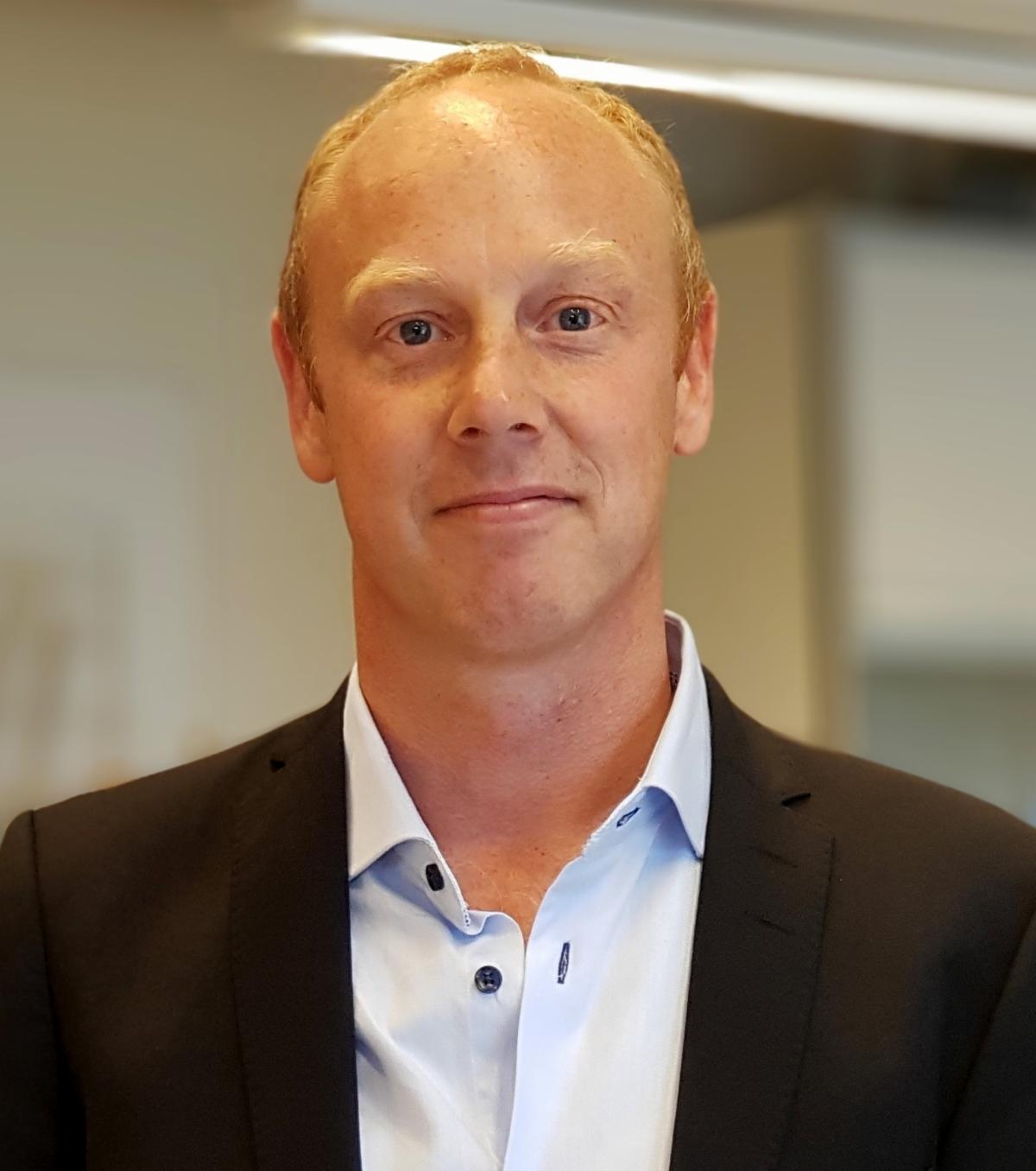Dr. Mats Hellström discusses uterus bioengineering as a future alternative to uterus transplantation
Mats was an invaluable mentor and collaborator during my PhD and one of the few experts in the world for whole uterus de- and recellularization that I could exchange ideas with
Dr. Hannes Campo

The CRS community gathered on Friday, April 28th for a special seminar by Dr. Mats Hellström, a renowned researcher in bioengineering and organ regeneration. Dr. Hellström is an Associate Professor at Sahlgrenska Academy at University of Gothenberg in Sweden and the preclinical lab manager for Dr. Mats Braanström, whose group performed the first successful clinical uterine transplantation in a human. Nearly eleven years of collaboration between the two faculty has resulted in extensive preclinical research on uterine transplants, with a special interest of Dr. Hellström being bioengineering applications for this type of transplant. Dr. Hellström was not always focused on the uterus, however, as his PhD and postdoctoral work were in Regenerative Neuroscience. Since then, Dr. Hellström has taken on many endeavors, including supervision of PhD candidates and recently, a senior scientist position with the Research Institutes of Sweden (RISE).
Titled, “Preclinical research on uterus bioengineering as a future alternative to uterus transplantation,” the talk was arranged by CRS postdoc Dr. Hannes Campo, who was one of Dr. Hellström’s former mentees. “Mats was an invaluable mentor and collaborator during my PhD and one of the few experts in the world for whole uterus de- and recellularization that I could exchange ideas with,” Dr. Campo shared. “He’s always been very generous with his time, and I felt it would be a great opportunity for the CRS community to see how they apply tissue engineering to solve key issues plaguing organ transplantations.”
Dr. Hellström and his colleagues hope that their research will someday lead to a bioengineered uterus as an alternative to donor uterus transplants, which put both the donor and recipient at risk for complications and negative side effects, despite their relatively high success rate. With those considerations in mind, the research group is investigating ways to eventually use personalized tissue grafts for partial repair of uterine tissue or to form a whole uterus. Thus far, they have used animal models like the rat and sheep to harvest a donor uterus and decellularize it using chemicals and detergents that remove the intracellular components of the uterine cells and expose a porous scaffold composed of the extracellular matrix components. Recellularization is then performed by seeding the scaffold with tissue-specific cells that repopulate it. As protocols for recellularization have varying success, Dr. Hellström’s group has experimented with different approaches, such as the cell types used for seeding, pre-treatment of the scaffold, and transwell cell culture systems in place of 2D cultures. Currently, Dr. Hellström’s team is translating their uterine recellularization methods to other species like cows and baboons as well as using bioreactors to recellularize the whole uterus.
Having greatly appreciated this unique opportunity to hear from a bioengineering expert in their field, the CRS community engaged in a lively discussion with Dr. Hellström after his talk. They now look forward to seeing what Dr. Hellström and his group accomplish in the future as well as the exciting lineup of upcoming CRS events, including another special seminar, a Lunch & Learn discussion, and a Career Catalyst.